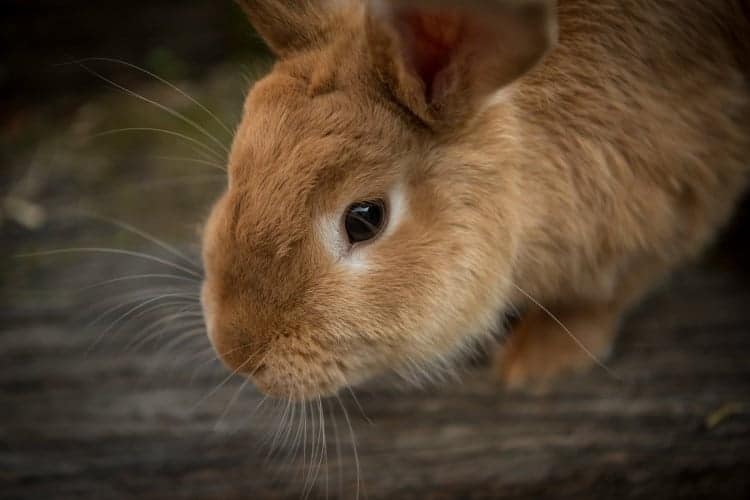You will need to buy a suitable hutch before you get your pet rabbit.
Rabbits can live in all sorts of enclosures – pre-made timber hutches, wire runs, homemade DIY hutches, large bird aviaries or metal ferret cages.
Consider how many rabbits you will have then choose a hutch with plenty of room for them. A hutch needs to include space for a food bowl, water bottle, litter box, an enclosed area to rest and an area to play.
Choosing a hutch with a larger run area will give your rabbit more space to exercise while still being protected from predators.
Rabbits can live indoors or outdoors, as long as their enclosure can keep them at a safe temperature and is predator-proof.
Adding a wire flooring to your outdoor hutch can prevent your rabbit digging out and predators digging in. Add a soft bedding or flooring on top of the wire to make your rabbit more comfortable.
If you are keeping your hutch outdoors, put it in a shady or covered location.
Choosing a hutch with easy access through large doors and a slide out metal tray will make cleaning the hutch much easier. Line metal trays with a layer of newspaper then a layer of absorbent bedding.
If you are keeping your rabbit in your house, you will need to rabbit-proof everything to keep your bunny safe. Move or cover electrical cords.
Also consider your rabbit may chew your furniture, carpet, house plants, rubbish bins and anything else it can reach! This can be dangerous for the rabbit or also ruin your belongings. Block off unsafe areas using playpens.
If you are able to, it can be convenient to block off an entire spare bedroom for your rabbit. This makes it easier to ensure it a safe area and completely rabbit-proof.
See our full Rabbit Cages and Hutches info page here.













